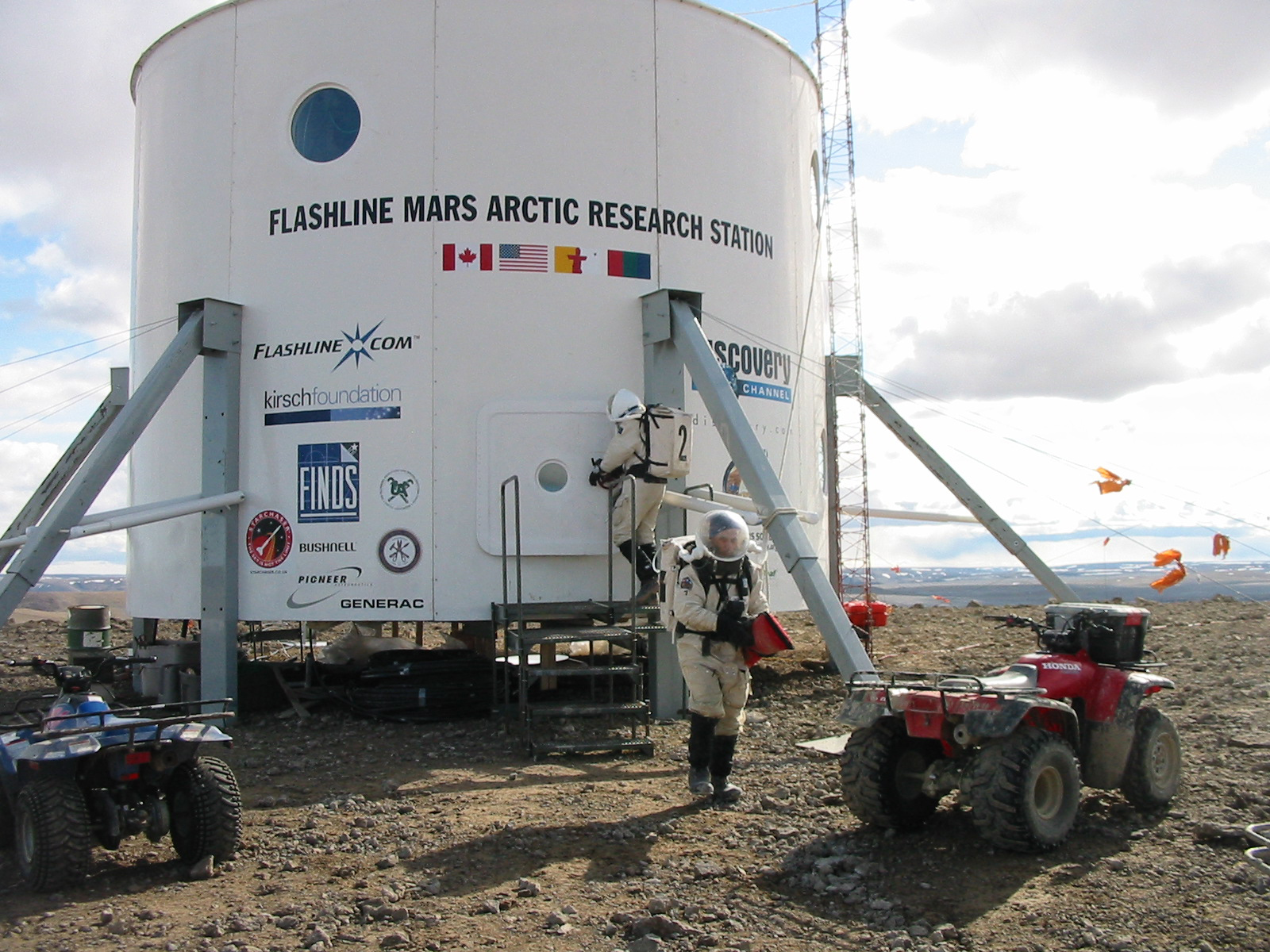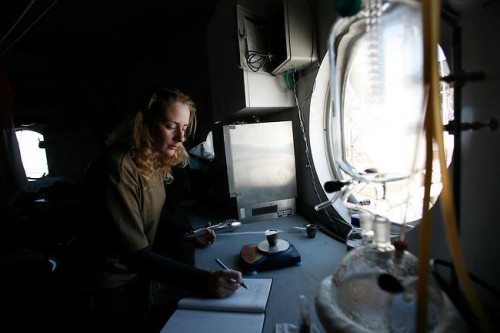
The Mars Society, the world’s largest and most influential non-profit space advocacy organization dedicated to human exploration and settlement of Mars, has issued a call for volunteers to participate in a one-year Mars surface simulation mission next year.
The Mars Arctic 365 (MA365) mission, expected to begin in August 2014, will take place at their Flashline Mars Arctic Research Station (FMARS) on Devon Island in the Canadian Arctic. The desolate location, some 900 miles from the North Pole, was chosen for good reason: it is one of the most remote and Mars-like environments on the planet.

“This [MA365] mission is one of the most important efforts happening now for the advancement of human planetary exploration,” said NASA planetary scientist Dr. Chris McKay, who is also a member of the MA365 science team. “What FMARS can do … it gives us insights into how to make the best use of the crew on Mars to explore Mars and how to best support the crew when they are on Mars. An important part of the FMARS activity is to show the world that Mars missions are possible and should be considered seriously.”
A total of six volunteer crew members will spend 12 months participating in a sustained program of field exploration, operating under many of the same constraints that will be faced by explorers on an actual human mission to the Red Planet. The crew will not leave the FMARS habitat without wearing a space suit simulator, and they will be responsible for their own field work, equipment repair, laboratory research, reporting, and daily chores. Crew members will also work in telescience collaboration with a remote science team, mission support group, and an engineering support team based in the United States.
Helping pave the way for a human mission to Mars is an attractive endeavor for many adventurous explorers around the world, but not just anyone can qualify. For this mission, the Mars Society is seeking four volunteers with proven skills as field scientists in the areas of geology, geochemistry, microbiology, climate research, biochemistry, and paleontology. Two additional people will be selected for their expertise in the field of engineering. Additionally, individuals must be in excellent physical condition (no smokers), be between the ages of 22 and 60, and have a four-year college degree (or equivalent experience).

Never in history has something like the MA365 mission been done, but the work preparing for this historic one-year practice Mars mission has been going on for some time. Phase 1 of the mission, led by Mars Society Steering Committee member Joseph Palaia, was successfully completed last July. Palaia and his team spent two weeks refitting, repairing, and upgrading the FMARS habitat (which was dormant since 2009) to safely support a crew for a period of one year. New equipment and materials were brought in, including a “Carnot” diesel generator supplied by the French chapter of the Mars Society, Association Planète Mars. The facility’s electrical, water, and waste systems were reactivated, two on-site diesel generators were brought back online, the satellite Internet communication system was brought online, and two new airstrips and a weather station were opened. Additionally, an induction cooking range was installed, the site’s food sources were assessed, and a facility was built outside the habitat to store diesel fuel.
“The completion of MA365 Phase 1 means that we accomplished all of the most important mission objectives necessary to begin preparing FMARS for the one-year expedition,” said Palaia. “There is still a lot of refit, repairs, and upgrades that need to be done before the habitat can safely support the crew for a period of one year … but I am confident now, having completed Phase 1, that we will be able to accomplish these tasks successfully at the beginning of next season. We’re planning about a one-month refit effort with a dedicated refit crew which will take place from the middle of July 2014 until the middle of August 2014 sometime. After that, we’ll bring in the one-year crew.”
The deadline for applying is Nov. 30, 2013. Prior to the MA365 mission, the selected crew will take part in an extensive two-week training mission at the Mars Society’s Mars Desert Research Station (MDRS) in Utah.
For a detailed explanation of the mission, application process, and contact information click HERE!
“I’m excited by what the Mars Society is trying to accomplish with the MA365 mission,” added Palaia. “I believe that this is a critical step and will teach us a lot of things that we really need to know as we get ready for actual human Mars exploration.”
– Want to keep up-to-date with all things space? Be sure to “Like” AmericaSpace on Facebook and follow us on Twitter: @AmericaSpace



